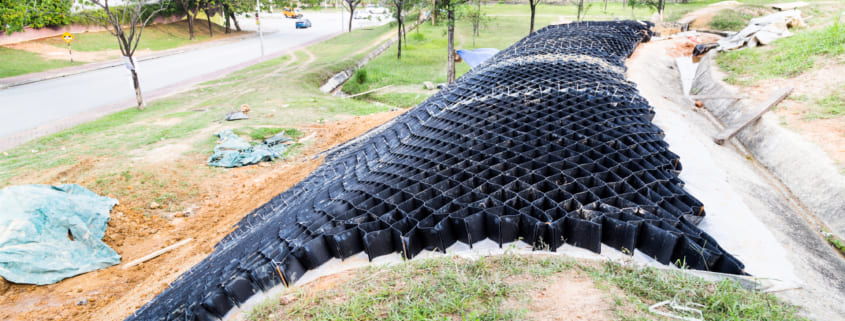Right tackle can determine if one has enjoyed and learnt from a fishing trip or missed a wonderful catch. One of the most important tools for an angler is a fishing rod. But what could one possibly do with so many choices available in today’s market to end up selecting the best bass fishing rod for his or her needs?
Whether you are a novice or someone out to upgrade their gear, this blog has broken down all that needs to be known to choose the right fishing rod for bass fishing success.
Why Choosing the Right Bass Fishing Rod Matters
Bass have always been prized as game fish because of their fighting ability, power, and unpredictability. A rod that does not work well can result in lost strikes, the hook set being poorly executed, or even equipment damage. So, it’s not only a matter of brand names when it comes to choosing the Best Bass Fishing Rods; it’s really a matter of a performance fit to your style of fishing, the species you are targeting, and the environment.
Key Factors to Consider When Buying a Bass Fishing Pole
1. Rod Power
This term simply means what force is required to bend the rod. Medium to medium-heavy power rods are usually the best choice for bass fishing. They give enough resistance to fight back when the angler pulls hard on a lasted set, and it is also easier to set up lures like crankbaits, spinnerbaits, and jigs.
- Light power – Generally considered a finesse presentation.
- Medium power – The all-around better power for most bass fishing techniques.
- Heavy power – Used when targeting the larger bass in a heavy cover.
2. Rod Action
Action indicates exactly where the rod will bend along the blank. It affects the sensitivity and power of the hook set.
- Fast action rods bend near the tip and provide a tremendous amount of sensitivity, which is ideal for feeling light-tipped bites.
- Moderate action rods bend a little more into the middle of the rod and are best suited for moving baits such as crankbaits.
- Slow action rods can bend throughout the entire length of the medium-heavy rod, being usually used to fish very light lures and finesse.
Fast or moderate-fast actions are suggested for general bass fishing.
3. Rod Length
In general, bass rods vary between 6 feet 6 inches up to 7 feet 6 inches. The choice of your bass rod length determines the distance you’ll be able to cast, leverage, and accuracy.
- A shorter rod (under 7 feet) offers greater control and accuracy when fishing close to a structure.
- Longer rods (7 feet and longer) enable longer casting, and deeper hook penetration in open water and support heavier lures.
4. Material: Graphite Versus Fibreglass
Nowadays, most fishing rods are made either from graphite or fibreglass, sometimes from a composite of the two.
- Graphite rods are lighter, faster, sensitive, and stiff-a definite choice for bass anglers seeking responsiveness.
- Fiberglass rods are more flexible and forgiving and are usually employed for crankbait techniques.
- Composite rods basically combine the best qualities of both types giving one versatility for nearly any condition.
5. Rod Handle Type
The handle affects comfort as well as control, especially when fishing for hours.
- Cork is a unique material that holds well and feels good even when wet.
- EVA Foams last longer in rougher conditions.
- Split-grip and full-grip styles are down to individual head: split-grips are lighter in weight and balance the rod better.
Types of Bass Fishing Rods Based on Techniques
There are several rods for different types of procedures. A brief summary:
* Casting rods: These are fantastic for jigs, Texas rigs, and thick cover because they provide you power and accuracy.
* Spinning rods are best for light soft plastics and drop shotting in clear or open water.
* Flipping/Pitching Rods: These rods are mostly heavy power and fast action. They are ideal for brief presentations that need to be highly accurate around heavy structure.
* Topwater Rods: These rods need to be strong and sensitive enough to truly pop and walk lures like poppers and frogs.
Don’t Forget the Reel Pairing
To really get the most out of the greatest bass fishing rods, we need reels that go with them. Pick a reel that balances the weight and gear ratio of the rod. Baitcasting reels are better for heavier lures and methods, whereas spinning reels are better for finesse techniques.
Final Thoughts
Selecting the bass fishing pole isn’t just about what’s popular; first, determine what works for you. Think about your local fishing scenes and bass species, then preferably, techniques. These best bass fishing rods will enhance your strike-to-land ratio, all the while making your fishing trip more enjoyable.
The right fishing pole can provide that extra edge to work smarter, not harder, whether you’re snapping largemouth under heavy veg or drop-shotting in wide-open water.





